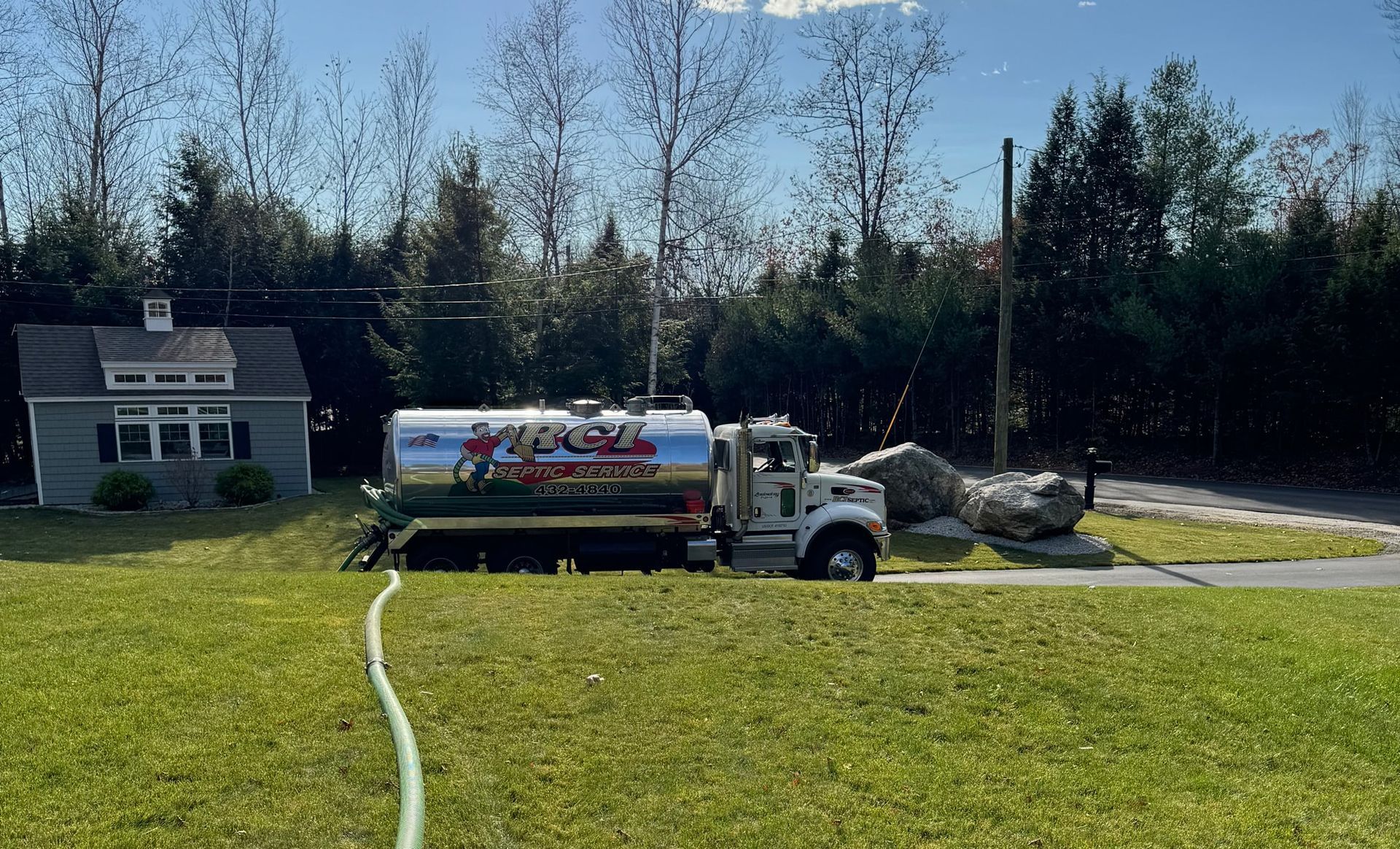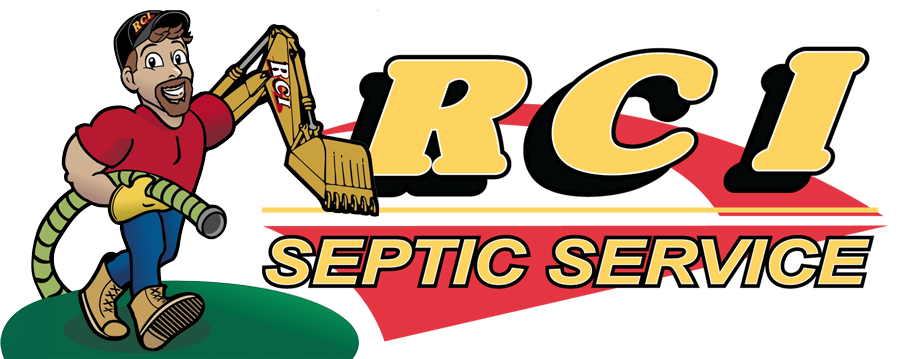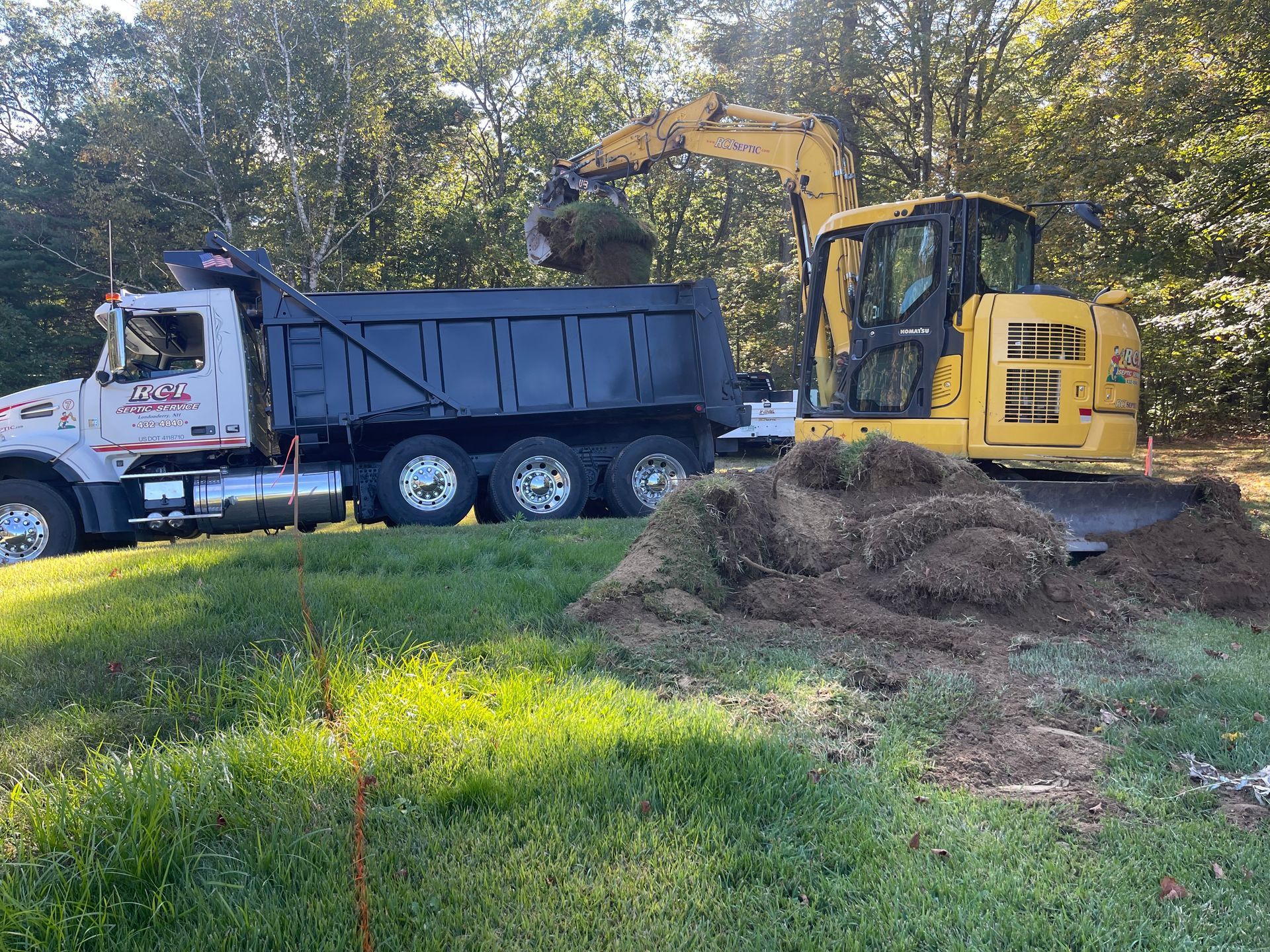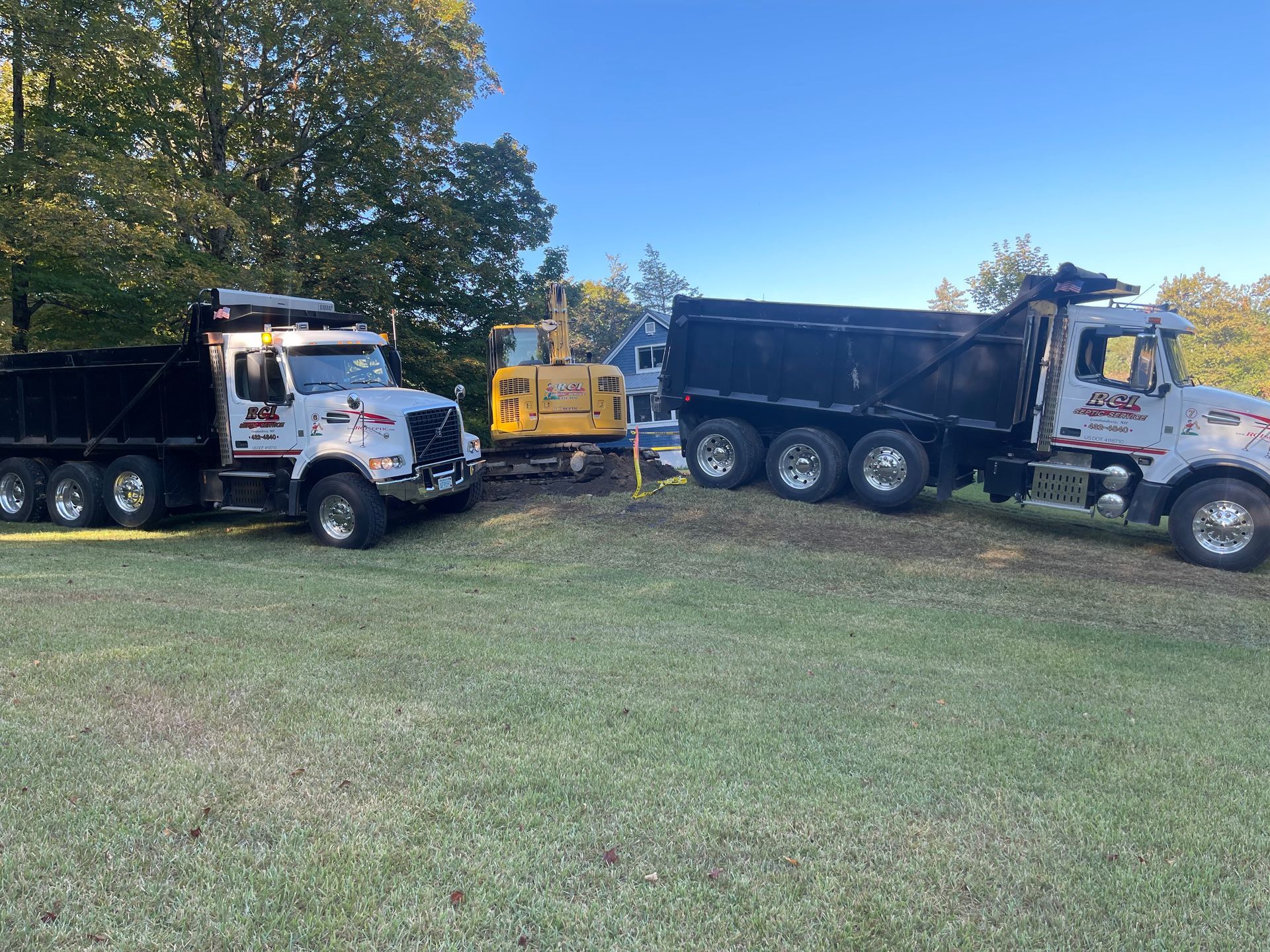Comprehensive Guide to Septic Inspection: What Homeowners Need to Know
Why do you need a septic inspection, and what does it involve? A septic inspection is essential to maintain your system’s efficiency and avoid expensive repairs. This guide explains the process, key components checked, common issues found, and how often you should schedule inspections, ensuring your system runs smoothly.
Key Takeaways
- Regular septic inspections are vital for preventing costly failures and maintaining system efficiency, ideally every three years for conventional systems.
- Key inspection components include the septic tank, distribution box, and filters, which must be regularly checked to avoid common issues like clogs and overflows.
- Homeowners should hire qualified inspectors to ensure comprehensive evaluations, while proper maintenance practices can extend the septic system’s lifespan and prevent serious damage.

Importance of Regular Septic Inspections
A properly functioning septic system is the backbone of a healthy home environment. Regular septic inspections ensure the system operates efficiently and prevent unpleasant surprises. Scheduling frequent inspections provides homeowners with valuable insights into the system’s condition, identifying potential issues before they escalate into major problems. It is also advisable to have your septic system inspected regularly to maintain its efficiency.
Neglecting regular septic inspections can lead to catastrophic failures, including raw sewage backups, costly repairs, and significant environmental damage. Imagine the inconvenience and expense of dealing with such a disaster. Investing in regular inspections helps prevent these scenarios and saves money in the long run. Frequent inspections identify potential issues early, allowing for timely interventions that can prevent costly repairs and extend the system’s life.
Understanding the basic functions of a septic system helps homeowners recognize potential issues before they become severe. Regular inspections are crucial, especially if the septic tank needs pumping, to ensure the system remains effective and efficient.
Key Components Checked During a Septic Inspection
During a septic inspection, a septic inspector examines several key components to ensure the system operates correctly. One of the primary areas of focus is the septic tank itself. Inspectors check for water tightness, cracks, and effluent levels to ensure the tank is functioning properly. The tank typically has two compartments separated by a baffle wall, which prevents clogging in the drain field. It is also recommended to have the septic tank inspected regularly to maintain its efficiency.
Another critical component is the distribution box, which controls the flow of wastewater to the leach field. This ensures even distribution across the drain field, preventing localized flooding and ensuring the system operates efficiently. Inspectors also examine the effluent screen, which plays a crucial role in maintaining the system’s health by filtering out solids as water flows through the soil, preventing it from becoming drained. The ground beneath the leach field is essential for proper drainage.
To assess hard-to-reach parts of the system, inspectors use various tools like camera scopes and core samples. They look for signs of damage, corrosion, or blockages in the pipes, as these issues can significantly impact the system’s performance. Thoroughly checking these components helps ensure the septic system remains in good working order.

How Often Should You Schedule Septic Inspections?
The frequency of septic inspections depends on various factors, including the type of septic system and household size. Generally, conventional septic systems should be inspected at least once every three years to ensure they are functioning correctly. However, alternative systems, which may have mechanical components, require more frequent inspections, typically on an annual basis.
Household size and the volume of wastewater generated also play a significant role in determining inspection frequency. Households with five or more people should have annual inspections to maintain system efficiency. Smaller households can schedule inspections less frequently, but adhering to a regular inspection schedule prevents costly repairs and prolongs the house system’s lifespan.
Common Issues Found During Septic Inspections
During septic inspections, inspectors often identify common issues that, if left unaddressed, can lead to major problems. Some of these issues include broken pipes, clogged filters, and overfilled tanks. Addressing these minor issues early prevents them from becoming costly repairs later.
Understanding these common issues can help homeowners take proactive steps to maintain their septic systems.
Overfilled Septic Tank
An overfilled septic tank is a common issue that can lead to significant problems if not addressed promptly. Key points to consider include:
- The maximum allowed sludge level in a septic tank is one-third of the tank’s total volume.
- If the scum and sludge accumulate over 30%, the sewage level in the system is overdue for pumping.
- Excessive water use can contribute to an overfilled tank.
- A leaking toilet or a malfunctioning pump may also be factors.
Regular pumping prevents overfilled tanks. Septic tanks accumulate solids over time, and without prompt pumping, these solids can cause backups and system failures. Homeowners should monitor water usage and promptly fix leaks to avoid overfilling the pumped tank. Owner pumps play a crucial role in this maintenance.
Tree Root Intrusion
Tree roots can pose a significant threat to septic systems by creating blockages and leaks in the pipes and tanks. When tree roots infiltrate the system, they can cause severe damage that requires costly repairs. If the roots have damaged the septic tank, it will need to be repaired to restore proper function.
Removing invasive roots typically costs between $600 to $1,600. Avoid planting trees too close to the septic system to prevent root intrusion. If tree roots are already causing issues, solutions include cutting the roots or replacing the affected pipes.
Clogged Filters
Clogged filters are another common issue found during septic inspections. When filters become plugged, they restrict the flow of wastewater, leading to inefficient system operation and potentially resulting in foul odors. If not addressed, clogged filters can cause system backups and further damage.
Regular filter maintenance ensures smooth operation and prevents costly septic system problems. Scheduling regular filter checks and cleanings avoids the buildup of solids and maintains efficient wastewater flow.
Broken Pipes
Broken pipes can lead to leaks and system inefficiency, significantly impacting the septic system’s performance. Homeowners should contact a licensed septic repair company to diagnose and fix any issues related to broken pipes.
Repair costs for damaged septic tanks and pipes can be substantial. For example, replacing a lateral line in a septic system can cost approximately $2,000. Timely repairs prevent further damage and ensure the system continues to function properly.
The Septic Inspection Process
Several critical steps are involved in the septic inspection process to ensure a thorough system assessment:
- Inspectors begin by identifying the location of access points and drainfields, which can expedite the inspection process.
- They then conduct a visual inspection.
- Pump the tank.
- Perform tests such as the loading test and dye test.
During the inspection, the inspector checks for leaks in the tank and pipes, assesses the flow of water into the tank, and examines the distribution box. The flow test typically lasts between 2 to 4 hours, which can vary depending on the property size and complexity. Additionally, the inspector may need to run water to ensure proper flow.
After the complete inspection, the home inspector provides a detailed report outlining any faults discovered.
Preparing for a Septic Inspection
Preparing for a septic inspection involves several steps to ensure the process goes smoothly. Homeowners should keep a maintenance record to track inspection dates and any service performed. Identifying the locations of septic system components, especially the access points, can facilitate the inspection process.
Minimizing water use on the day of the inspection ensures an accurate evaluation of the tank’s water level. Understanding the basic functions of a healthy septic system can also help homeowners be aware of underlying issues that may not be immediately apparent.
Hiring a Qualified Septic Inspector
Hiring a qualified septic inspector is essential to ensure a thorough and accurate inspection. When selecting an inspector, consider inspection costs, what the inspection covers, and ask the right questions. In California, hiring a licensed company for septic inspections is a legal requirement, ensuring thorough inspections to uncover any hidden problems.
Choose a qualified inspector who takes their time and does not rush the inspection process, especially if you are a prospective buyer. Rushing can lead to missing significant septic system problems, which can be costly to fix later.
Professional inspections maintain a properly functioning septic system and avoid health dangers associated with DIY attempts.
Maintaining Your Septic System Between Inspections
Maintaining your septic system between inspections is crucial to prevent issues and ensure the system functions efficiently. Regular inspection and pumping of septic tanks, typically every three to five years, are essential. Water conservation improves septic system function and reduces the risk of malfunctions.
Proper waste disposal is crucial for septic system maintenance. Only human waste and toilet paper should be flushed, as other items can harm the system. Avoid using a garbage disposal to minimize solids entering the septic tank and ensure that toilets are used properly.
Following these maintenance tips helps keep septic systems properly maintained and operating properly between inspections.

Benefits of Regular Septic Maintenance
Regular septic maintenance offers numerous benefits for homeowners, including:
- Protecting health by ensuring the septic system effectively removes harmful pollutants, reducing disease risks from contaminated wastewater.
- Protecting property.
- Protecting the environment by preventing harmful waste from reaching groundwater and local ecosystems.
Consistent maintenance extends the lifespan of septic systems and enhances their efficiency and performance. A well-functioning septic system leads to lower energy and water consumption, preserving property values and avoiding legal issues. Investing in regular maintenance can save homeowners from significant future headaches associated with system failures.
Summary
In summary, regular septic inspections and maintenance are essential for ensuring a properly functioning septic system. By scheduling frequent inspections, addressing common issues early, and following maintenance tips, homeowners can prevent costly repairs and protect their property and the environment. The benefits of regular maintenance far outweigh the costs, providing peace of mind and long-term savings.
We encourage you to take proactive steps in maintaining your septic system. By doing so, you can avoid the unpleasant surprises of system failures and ensure your home remains a safe and healthy environment. Remember, a well-maintained septic system is the key to a hassle-free home.
Frequently Asked Questions
How often should I schedule septic inspections?
Septic inspections should be scheduled at least once every three years, although this may vary depending on household size and system type. Regular inspections help ensure optimal system function and prevent costly repairs.
What are common issues found during septic inspections?
Common issues found during septic inspections often include broken pipes, clogged filters, and overfilled tanks. Addressing these problems promptly is essential for maintaining an efficient septic system.
How much does a septic system inspection cost?
A septic system inspection typically costs around $550, but prices can range from $200 to $900 depending on various factors. It's important to budget accordingly for this essential service.
What should I do to prepare for a septic inspection?
To prepare for a septic inspection, maintain a record of your system's maintenance, identify the locations of its components, and minimize water use on the day of the inspection. This will help ensure a smoother process and provide valuable information to the inspector.
Why is regular septic maintenance important?
Regular septic maintenance is crucial as it safeguards health, protects property, and minimizes environmental impact, thereby reducing the risk of disease and avoiding expensive repairs.


